I am currently preparing the next semester of my program at university and I am stuck at a question of the "Digital Circuits" class.
Here is the task:
[...] pump P1 runs when the fill-level of the tank falls below 90% (U=0), however only when the opacity sensor gives output (S1=1) at the same time. If the lower fill-level sensor signals with L=0 that the fill-level is below 50%, pump P1 runs (P1=1) independently of the opacity sensor signals (S1), as long as U=0 at the same time. [...]
The task is first to derive the Boolean equation for the combinational logic of the pump controller (output signal).
I ended up with P1 = U'*(S1+L').
We are then to realize the controller using only NAND2 gates with the hint that if 4 NAND2 gates are not sufficient to realize the circuit, we should consider further simplifying the Boolean equation.
This is where my problem lies:
I can only get to realizing the circuit with 5 NAND2 gates:
P1 = U'*(S1+L') = U'*(S1+L')'' = U'*(S1'*L)'

simulate this circuit – Schematic created using CircuitLab
I don't see any way how I could possibly simplify it any further. Maybe somebody could give me a hint.
Thanks in advace :)